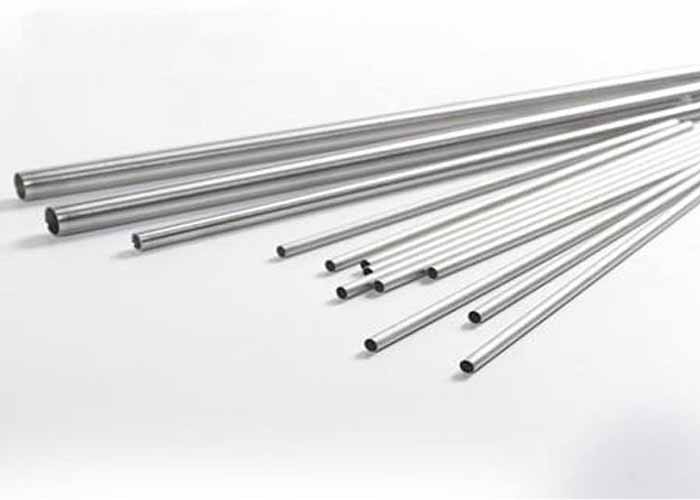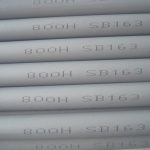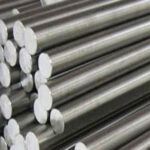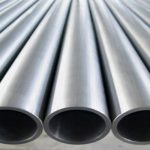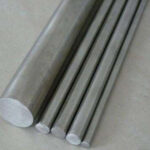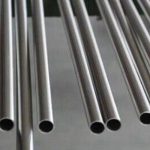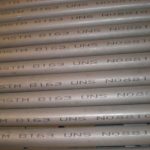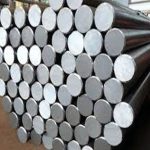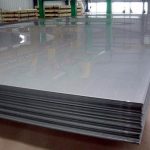Pure Nickel Capillary Tube
Pure Nickel Capillary Tubes boast higher electrical conductivity, thermal conductivity, and plasticity when compared to nickel-based alloys. As such, it is extensively utilized in the chemical, electroplating, and electronic fields.
Pure Nickel Capillary Tube Dimension Specifications
| GRADE No. | 치수 |
| Nickel 200, Nickel 201 | OD: 0.2-6 mm WT: 0.02-2 mm |
Pure Nickel Capillary Tube Chemical Composition
| GRADE No. | 화학적 구성 요소 (%) | |||||||
| Ni + Co | Cu | 시 | Mn | 씨 | Mg | 에스 | Fe | |
| Nickel 200 (UNS N02200) | 99.5 | ≤0.06 | 0.10 이하 | ≤0.05 | ≤0.05 | ≤0.1 | ≤0.005 | ≤0.1 |
| Nickel 201 (UNS N02201) | 99.9 | ≤0.015 | ≤0.03 | ≤0.002 | ≤0.01 | ≤0.01 | ≤0.001 | ≤0.04 |
Pure Nickel Capillary Tube Typical Physical and Mechanical Properties
| GRADE No. | 물리적 특성 | 기계적 성질 | |||
| 밀도 | 녹는 점 | 인장 강도 | Yield Strength (Rp 0.2 N/mm2) | 신장 % | |
| Nickel 200 (UNS N02200) | 8.89g / cm3 | ~1440 ℃ | 462 Mpa | 148 Mpa | 47 |
| Nickel 201 (UNS N02201) | 8.9g / cm3 | 1435-1445 ℃ | ≥403 Mpa | ≥103 Mpa | 50 |
Pure Nickel Capillary Tube Applications
- Used in electronic components, such as thermocouples, sensors, and heating elements.
- Used in chemical processing industries for transporting corrosive fluids and gases.
- Used in medical devices and equipment.
- Used in aerospace and defense applications.
- Used in the automotive industry for applications like fuel injection systems, exhaust systems, and brake lines.
